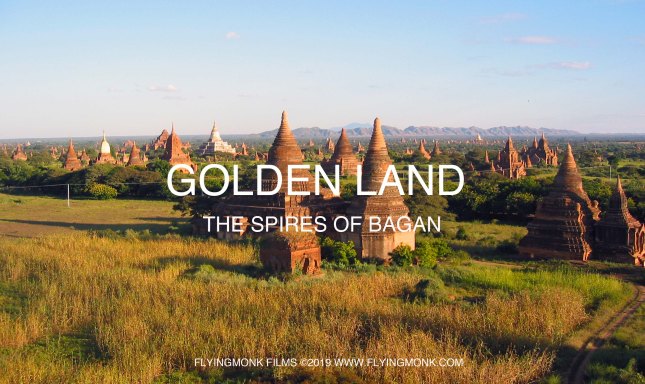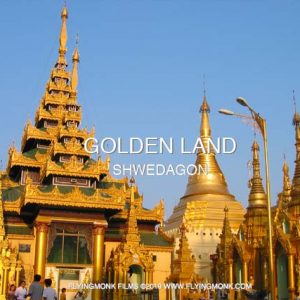Description
Golden Land-Spires of Bagan; 50 minutes; © 2019 On the shores of the Irrawaddy river it thrived one of the most important religious places of southeast Asia. Bagan is home to the largest and densest concentration of Buddhist temples, pagodas, stupas, and ruins in the world with many of them dating from the 11th and the 12th centuries.
King Anarwahta conquered the Mon kingdom of Thaton, seized the writings but also the king and its entire court together with monks and craftsmen, and brought them to Bagan. This triggered an influx of Mon people to the land that brought with them their tradition of religious architecture and the Bagan plane filled with stupas and palaces. The original style of architecture was Sinhalese, a testimony of the influence of the Theravada Buddhism that penetrated the western side of the Annamite Range, a line of mountains going from Vietnam to Cambodia that was able to successfully separate the Hindu from the Chinese influence in both art and religion.
The Mon writings flourished using the Mon script considered to be the source of the Burmese script whose first evidence is documented in 1058, just a year after the conquest of Thaton.
The power of the kingdom grew to encompass all today’s Myanmar, its population becoming a fusion of the original Bamar with the new ingestion of Mon, a mix that is prevalent even nowadays. The glorious and incessant period of construction lasted 250 years, a record for those times, and continued after the death of Anarwahta in 1077.
Follow us on Instagram





